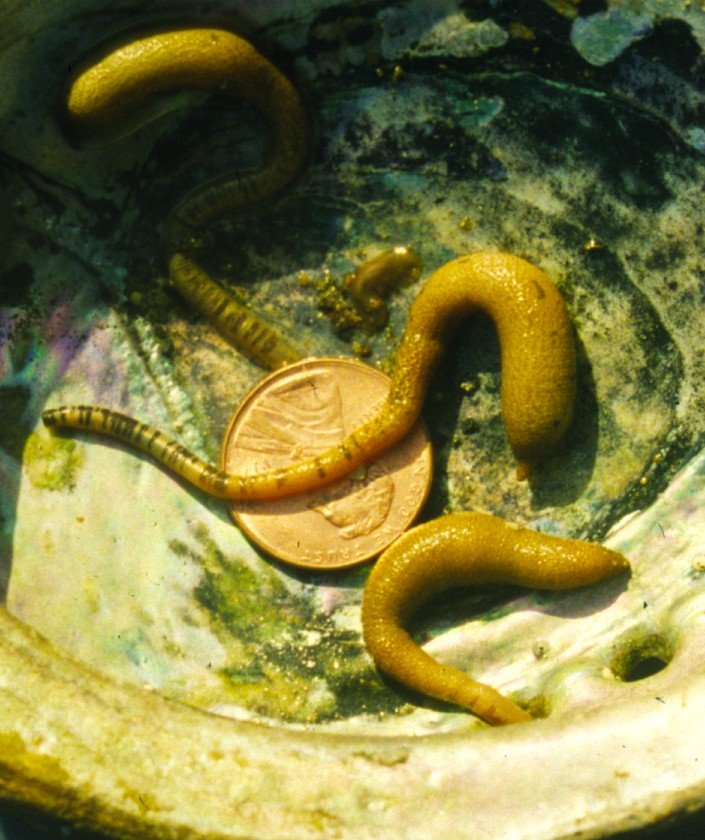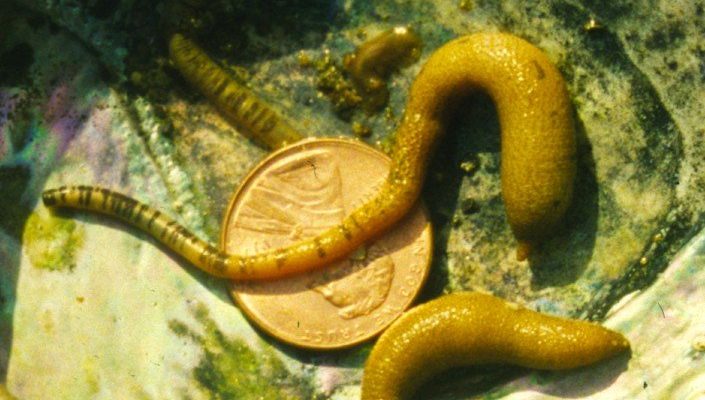
Peanut worms, or *Sipuncula*, are soft-bodied, segmented worms that can be found nestled in sandy and muddy substrates along coastlines. Imagine them as tiny gardeners of the sea, digging through the ocean floor, aerating the sediment, and recycling nutrients. They’re not just hanging out; they’re busy doing the behind-the-scenes work that keeps marine ecosystems thriving.
In this article, we’ll dive deep into the ecological importance of peanut worms and explore why these little guys deserve our attention. From their role in nutrient cycling to supporting other marine life, let’s get to know more about these fascinating creatures.
What Are Peanut Worms?
Peanut worms belong to the phylum *Sipuncula*, a group of marine invertebrates. They get their name from their shape, which resembles a peanut when contracted. These worms can vary in size from just a few centimeters to over a meter in length and can be found in various ocean environments, from shallow coastal areas to deeper waters.
Structurally, they have a soft, elongated body, which is segmented into two main parts: the trunk and the introvert. The introvert is the part that can extend out when the worm is feeding, resembling a little tube. Their bodies are covered in a protective layer of mucus, which helps prevent predators from snacking on them—talk about a clever defense mechanism!
Peanut worms are primarily detritivores, meaning they feed on decomposing organic matter. This diet consists of tiny particles like dead plants and animals, which they sift from the sediment. So, they’re essentially recycling waste into energy for themselves and nutrients for the ecosystem—pretty impressive, right?
Role in Nutrient Cycling
Nutrient cycling is crucial for ecosystems to function properly. Think of it as nature’s way of ensuring that waste doesn’t just pile up but gets transformed into something useful. Peanut worms play a significant role in this process. As they burrow through the sediment, they help to aerate it, allowing oxygen to penetrate deeper layers. This is especially important for the organisms living in the sediment, as many of them rely on oxygen.
Moreover, when peanut worms consume organic matter, they break it down into smaller particles. This process makes nutrients more accessible for other organisms, such as bacteria and algae. These nutrients are essential for plant growth, and healthier plants mean a healthier ecosystem overall. So, in a way, peanut worms are the unsung recyclers of the ocean.
Let’s not forget that their burrowing enhances water circulation, which is important for maintaining the overall health of the marine environment. This circulation helps distribute nutrients and energy throughout the ecosystem, benefitting various marine life forms, from fish to corals.
Supporting Biodiversity
One of the most fascinating aspects of peanut worms is their contribution to biodiversity. They may be small, but they create habitats for numerous other marine species. The burrows they create in the sediment provide shelter for various organisms, including juvenile fish and invertebrates. This protective environment allows smaller creatures to thrive, fostering a diverse and vibrant ecosystem.
Biodiversity is vital for ecosystem stability. The more diverse the life forms in an area, the more resilient it becomes to changes or disturbances. Peanut worms may be small, but they play a big role in supporting the diverse web of life in marine environments. By helping create a balanced habitat, they ensure that other species can continue to flourish.
Additionally, the presence of peanut worms indicates a healthy ecosystem. If these little guys are thriving, it usually means that the environment is in good shape. Their populations can be excellent indicators of overall marine health, making them important for scientists and ecologists who study ecosystem dynamics.
Natural Filters in Marine Ecosystems
Peanut worms also act as natural filters in the ecosystem. As they feed on detritus, they help clean the marine environment by removing excess organic matter. This filtration process is crucial for keeping water clean and clear, which benefits all marine life, from tiny plankton to larger predatory fish.
This filtration effect can help prevent larger issues, such as algal blooms, which can deplete oxygen levels and harm marine life. By controlling the buildup of organic material, peanut worms indirectly contribute to the overall health of the water body.
Plus, they’re not just passive filters; by breaking down organic matter, they also help recycle nutrients back into the ecosystem. This ensures a continuous supply of nutrients for other marine organisms, creating a dynamic and balanced environment.
The Impact of Human Activity on Peanut Worms
Unfortunately, human activities are putting pressure on peanut worm populations. Pollution, coastal development, and climate change are all factors that can negatively impact their habitats. For example, pollution can introduce harmful substances into the sediment, making it difficult for peanut worms to thrive.
Coastal development often leads to habitat destruction, as natural environments are replaced with concrete structures or altered for human use. This reduces the available space for peanut worms to inhabit and feed, ultimately diminishing their populations.
Climate change brings about rising sea temperatures and changing ocean chemistry, both of which can affect peanut worm survival. For instance, warmer waters may alter their feeding patterns and reproductive cycles, potentially leading to population declines.
It’s essential to recognize the impact of these activities on peanut worms and the ecosystems they support. By understanding their role, we can better appreciate why it’s crucial to protect their habitats.
How to Help Protect Marine Ecosystems
If you’re passionate about marine life and want to help protect peanut worms and their habitats, there are several steps you can take. Here are a few simple actions you can incorporate into your daily life:
- Reduce Pollution: Dispose of waste properly and avoid using single-use plastics. Every small effort counts!
- Support Sustainable Practices: Choose seafood from sustainable sources, and support businesses that prioritize marine conservation.
- Raise Awareness: Share information about peanut worms and marine conservation with friends and family. The more people know, the better!
- Participate in Clean-Up Efforts: Join local beach clean-up events to help keep our oceans free of trash.
- Advocate for Marine Protection: Support policies and initiatives aimed at protecting marine environments and habitats.
By taking these actions, you’ll contribute to a healthier ocean ecosystem, benefiting not just peanut worms but countless other marine organisms.
Final Thoughts
In the grand tapestry of marine life, peanut worms may not be the flashiest stars, but their contributions are invaluable. From nutrient cycling to supporting biodiversity and acting as natural filters, these tiny creatures play a vital role in maintaining the health of our oceans.
So, next time you think about marine ecosystems, don’t overlook the peanut worm. Understanding their ecological importance helps us appreciate the intricate connections that sustain life beneath the waves. Every organism, no matter how small, has a role to play in the vast ocean orchestra. Let’s work together to ensure that the performance continues for generations to come.

